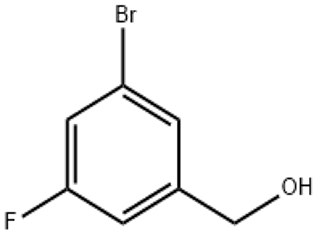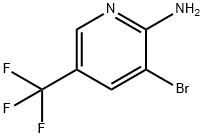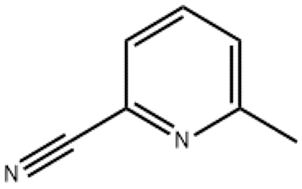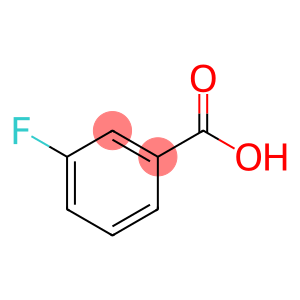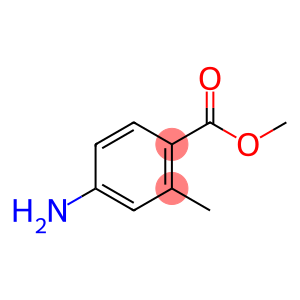but-2-yn-1-ol (CAS# 764-01-2)
| Risk Codes | R10 – Flammable R43 – May cause sensitization by skin contact R52/53 – Harmful to aquatic organisms, may cause long-term adverse effects in the aquatic environment. R36/37/38 – Irritating to eyes, respiratory system and skin. |
| Safety Description | S36/37 – Wear suitable protective clothing and gloves. S26 – In case of contact with eyes, rinse immediately with plenty of water and seek medical advice. S16 – Keep away from sources of ignition. |
| UN IDs | UN 1987 3/PG 3 |
| WGK Germany | 3 |
| HS Code | 29052990 |
| Hazard Note | Irritant |
| Hazard Class | 3 |
| Packing Group | III |
Introduction
2-butynyl-1-ol, also known as butynol, is an organic compound. The following is an introduction to the properties, uses, preparation methods and safety information of 2-butyn-1-ol:
Properties: It is a colorless liquid with a special pungent smell.
- 2-Butyn-1-ol is soluble in water and many organic solvents such as ethanol and ether.
- It is an alcohol compound with alkyne functional groups that has some chemical properties of alcohols and alkynes.
Use:
- 2-butyn-1-ol is widely used in organic synthesis as a reaction intermediate or reagent. It can be used as a starting material, solvent, or catalyst for the synthesis of organic compounds.
- It can also be used in the preparation of other similar compounds such as ethers, ketones, and etherketones.
Method:
- 2-Butyno-1-ol can be prepared by the reaction of hydrogenated acetone alcohol and chloroform.
- Another common preparation method is to condense ethyl mercaptan and acetone in the presence of an amino catalyst, and then to obtain 2-butyn-1-ol by addition of mercury chloride.
Safety Information:
- 2-Butyn-1-ol is an irritating substance that may cause irritation and damage to the eyes, skin, and respiratory tract.
- Appropriate protective equipment such as protective gloves and goggles should be worn when handling.
- The compound has a limited impact on the environment, but care should be taken to comply with relevant environmental regulations when handling and disposing of it.



